Mastering darts requires a deep understanding of dartboard distance and throwing angle. The optimal distance is 7 feet 9 1/4 inches (2.37 meters) from the oche to the dartboard’s bullseye, but consistent accuracy relies heavily on finding your perfect throwing angle. This article will delve into this crucial aspect, exploring the impact of distance and angle on your game, and providing practical tips to improve your performance.
⚠️ Still Using Pen & Paper (or a Chalkboard)?! ⚠️
Step into the future! The Dart Counter App handles all the scoring, suggests checkouts, and tracks your stats automatically. It's easier than you think!
Try the Smart Dart Counter App FREE!Ready for an upgrade? Click above!
Many factors influence your success, such as your grip, your release, and your mental state. However, understanding and consistently implementing the correct dartboard distance and throwing angle forms the bedrock of your technique. You’ll also learn about common mistakes to avoid and how to practice effectively.
Understanding Dartboard Distance and Throwing Angle
The official dartboard distance and throwing angle standard is 7 feet 9 1/4 inches. This distance is meticulously measured to provide a fair and challenging game for players of all skill levels. Deviation from this distance, even slightly, can significantly affect your accuracy. Maintaining a consistent throwing angle is equally, if not more, important. An inconsistent throwing angle will lead to inconsistent results, making it challenging to develop muscle memory and improve your accuracy.
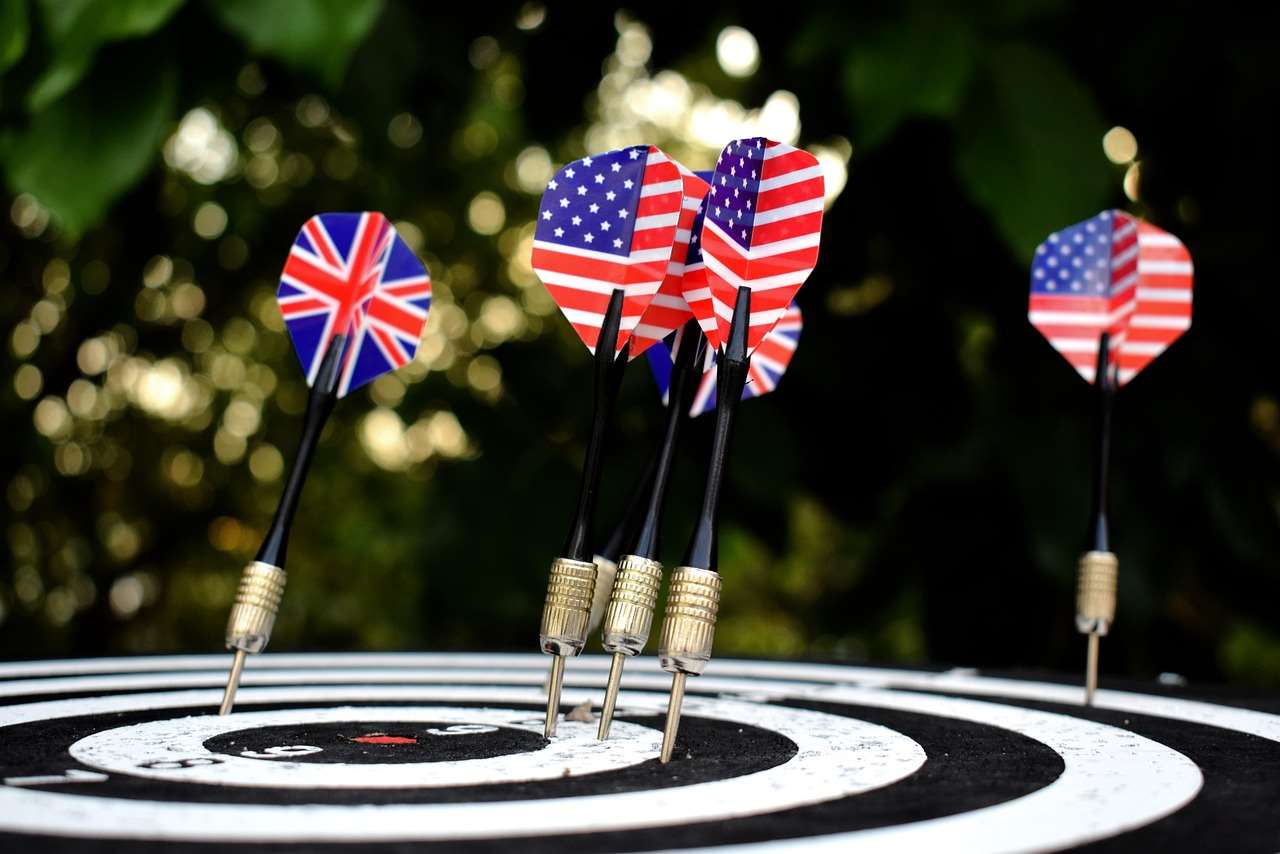
Finding your optimal throwing angle involves experimentation and practice. It’s about finding the angle that feels most natural and comfortable to you, allowing for a smooth, consistent throw. Some players prefer a more straight-on approach, while others find a slight angle to be more effective. The key is to maintain consistency. Darts Fitness Health is a vital component as well.
Finding Your Perfect Angle
Experiment with different angles, slightly adjusting your stance and throwing arm position. Pay close attention to where your darts land on the board. Keep track of your results to identify patterns and determine which angle consistently yields the best accuracy. Remember, even slight adjustments can drastically impact accuracy; therefore, precision is key.
This experimentation process will help you develop a consistent, repeatable throwing action, which is crucial for improving your game. Don’t be afraid to spend time refining this aspect of your technique. The right angle, combined with the correct distance, drastically improves your chances of hitting your target.
The Impact of Distance on Accuracy
While the standard dartboard distance is 7 feet 9 1/4 inches, slight variations can occur. However, even minor adjustments can affect your accuracy. A distance slightly shorter than the standard may allow for more power but could also lead to less control and consistency. A longer distance may require more precision, which may be challenging for some players.
It’s advisable to stick to the official distance as much as possible to ensure a fair and standardized playing environment, especially when competing. Consistency is key, and varying distances will significantly compromise this. Therefore, maintaining the precise dartboard distance is crucial for consistent performance.
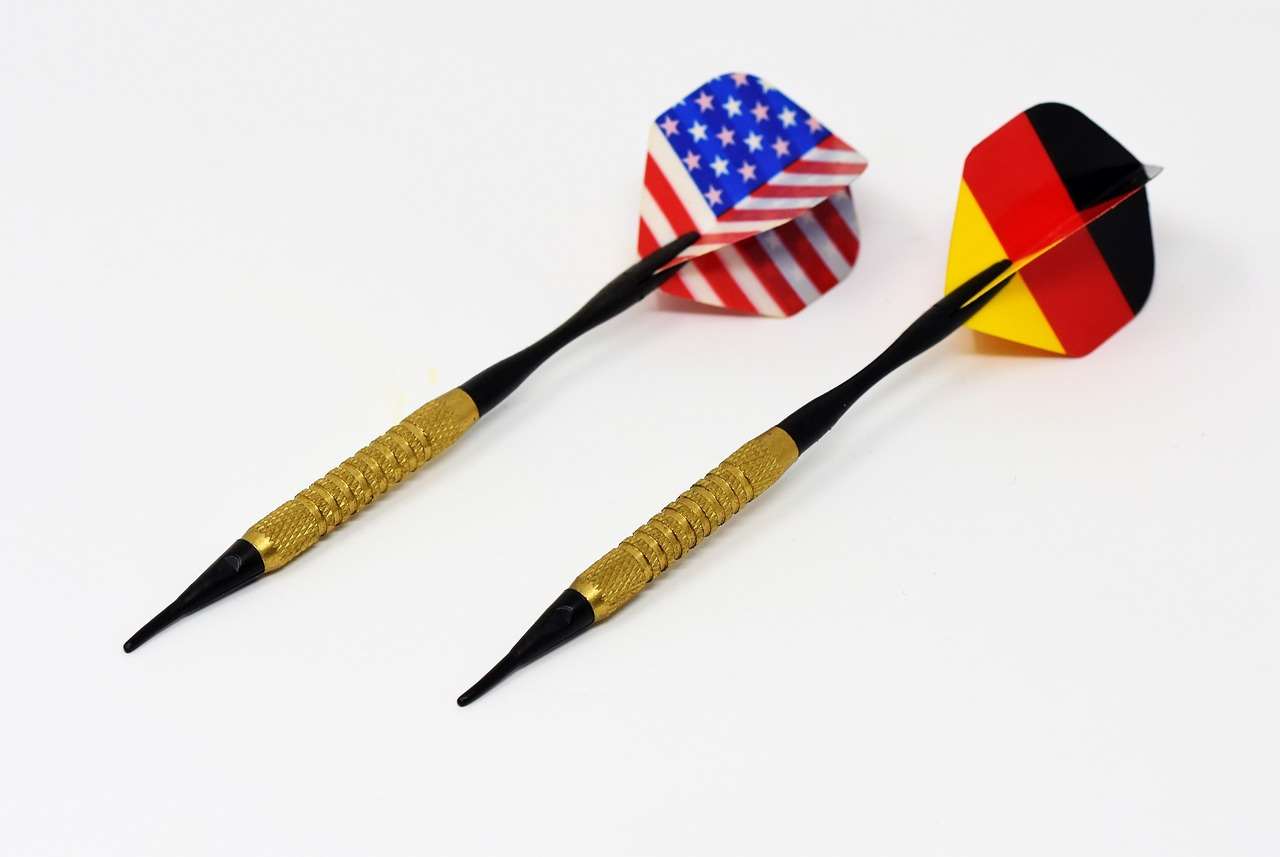
Common Mistakes to Avoid
- Inconsistent throwing motion: A jerky or inconsistent throwing motion will inevitably lead to inconsistent results. Focus on smooth, controlled movements.
- Incorrect grip: A poor grip can affect your accuracy and consistency. Experiment with different grips to find one that feels comfortable and allows for precise control. This is especially important if you’re looking to extend darts career healthy.
- Poor posture: A slouched or unbalanced posture can negatively affect your throwing mechanics. Maintain good posture to ensure a smooth and controlled throw. This can prevent dart injury prevention overview.
- Ignoring follow-through: Neglecting your follow-through can lead to inaccurate throws. Focus on maintaining a smooth follow-through to enhance precision.
- Not practicing consistently: Regular practice is vital for improving your accuracy. Dedicate time each week to honing your skills and refining your technique. Consistent practice can also help with fatigue management for dart players guide.
Addressing these common mistakes can drastically improve your game. Consistent practice is also key to correcting these mistakes and building muscle memory.
Improving Your Throwing Technique
Beyond dartboard distance and throwing angle, several elements contribute to enhanced throwing accuracy. These include:
- Proper stance: A balanced and stable stance is crucial for accuracy. Experiment with different stances to find one that feels comfortable and promotes balance.
- Consistent grip: Maintaining a consistent grip throughout your throw is essential for repeatable accuracy.
- Smooth throwing motion: Avoid jerky or abrupt movements during your throw. Instead, focus on a smooth, fluid motion.
- Mental focus: Concentration is paramount for accurate throws. Stay focused on your target and maintain a calm, clear mind.
By focusing on these aspects of your throwing technique, you’ll naturally refine your skill and increase accuracy. Remember that mastering dartboard distance and throwing angle is a process that requires dedication, practice, and patience.
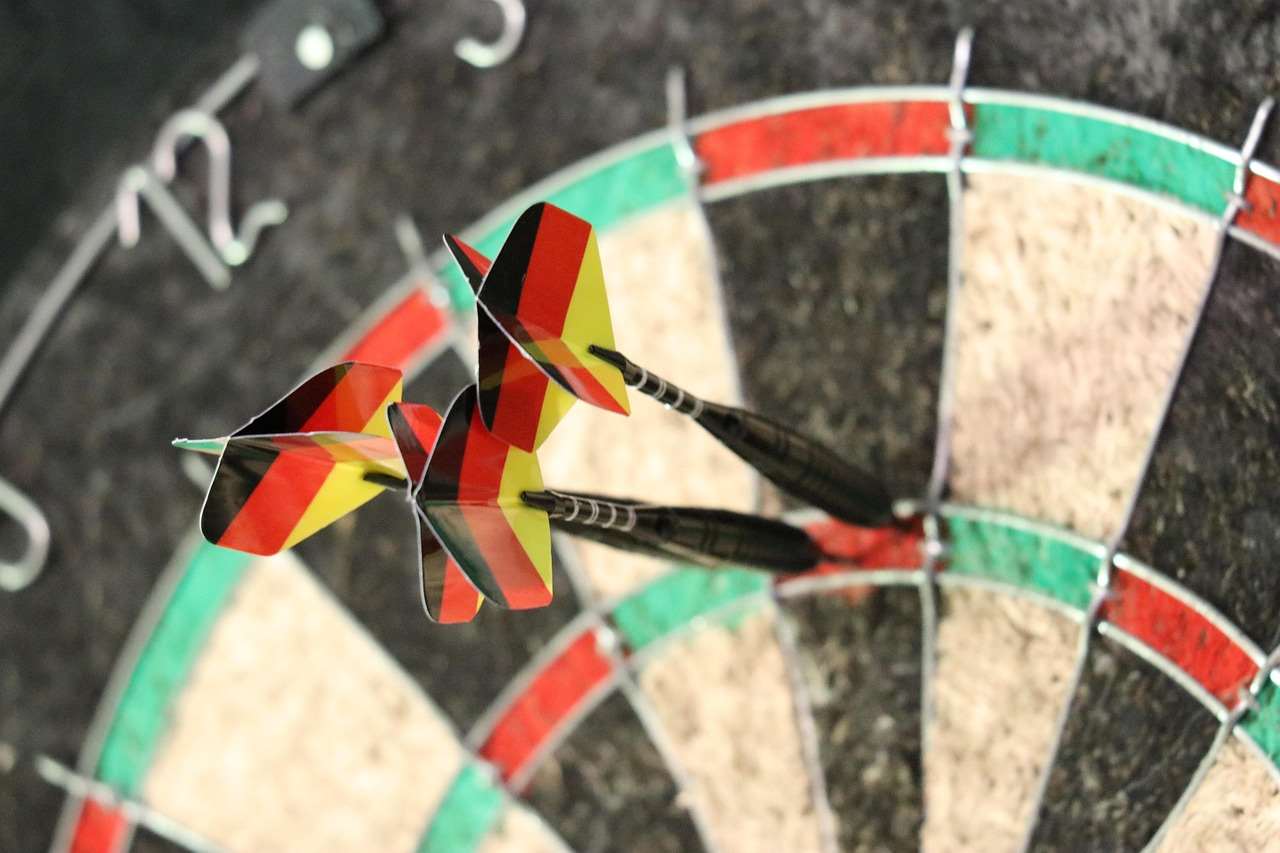
The Importance of Practice and Consistency
Consistent practice is undeniably the most important factor in improving your dart game. Regular practice allows you to refine your technique, build muscle memory, and identify areas needing improvement. During practice, focus on maintaining a consistent dartboard distance and throwing angle. Pay close attention to your form and make adjustments as needed. This will help you improve your reaction time for tournament play.
Consider setting aside dedicated practice sessions, focusing on specific aspects of your game. This could involve practicing your throwing technique, refining your aim, or working on your mental game. As you become more proficient, you might also want to consider adding elements like diaphragmatic breathing darts to your practice regime.
Remember to practice consistently to maintain your skill level. Consistent practice is key to achieving consistent results. Also, ensure your surroundings (such as flooring at oche and stability) contribute to a stable and comfortable practice environment.
Advanced Techniques and Tips
Once you’ve mastered the basics of dartboard distance and throwing angle, you can explore more advanced techniques to further refine your skills. This could include experimenting with different grip styles, analyzing your throwing motion using video recording, or implementing visualization techniques to improve focus and concentration.
Beyond the physical aspects, your mental game plays a crucial role in your success. Developing a strong mental game involves building confidence, managing pressure, and maintaining focus under pressure. This can also involve aspects such as sleep recommendations for dart players and healthy lifestyle for dart players guide online for optimal performance.
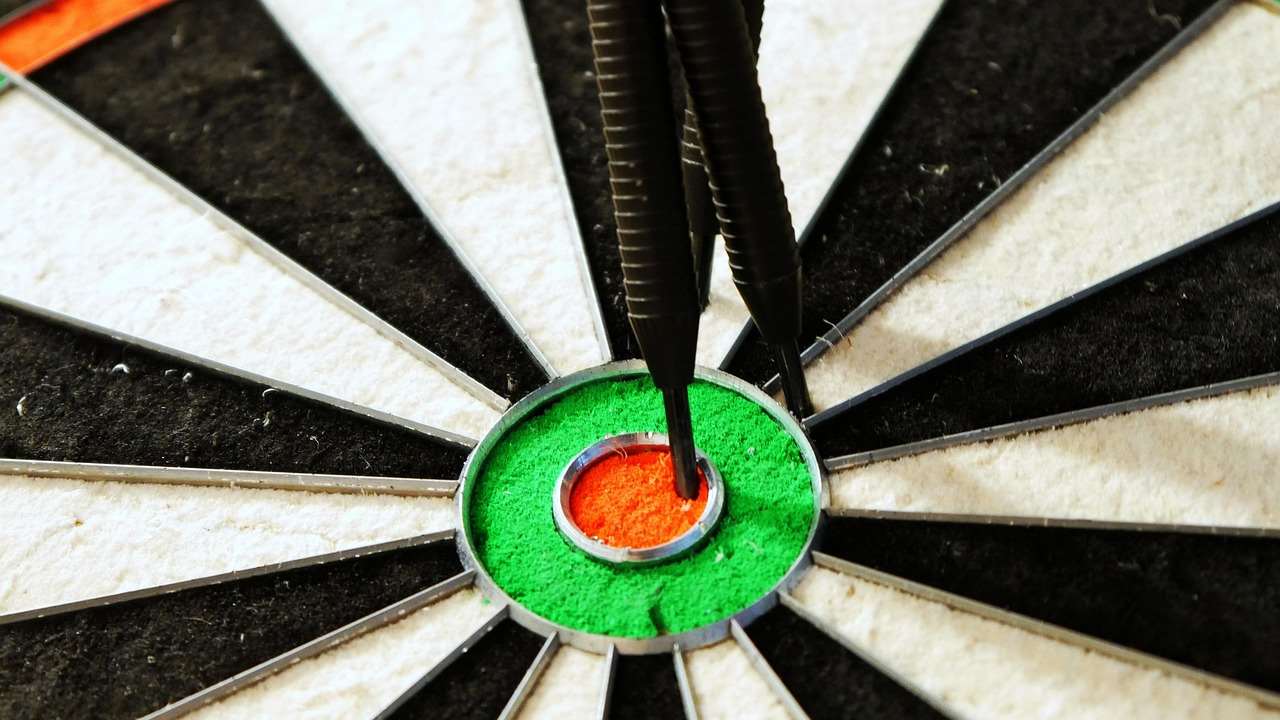
Consider incorporating regular physical training to enhance your strength, balance, and overall fitness. A strong, well-conditioned body will help you maintain optimal performance and reduce the risk of injuries. Fitness in long matches darts tips are particularly useful for improving stamina and consistency.
The Role of Vision and Hand-Eye Coordination
Accurate dart throwing requires excellent vision and hand-eye coordination. Practice drills that focus on improving these aspects. For example, you can try throwing darts at various targets at different distances, or you can use visualization techniques to improve your hand-eye coordination. Focusing on your vision and dart hand eye coordination will significantly elevate your game.
Regular eye exercises can also help improve your visual acuity and focus, allowing you to better track your darts in flight. Combine this with the correct dartboard distance and throwing angle, and you have a powerful combination for hitting your mark more consistently.
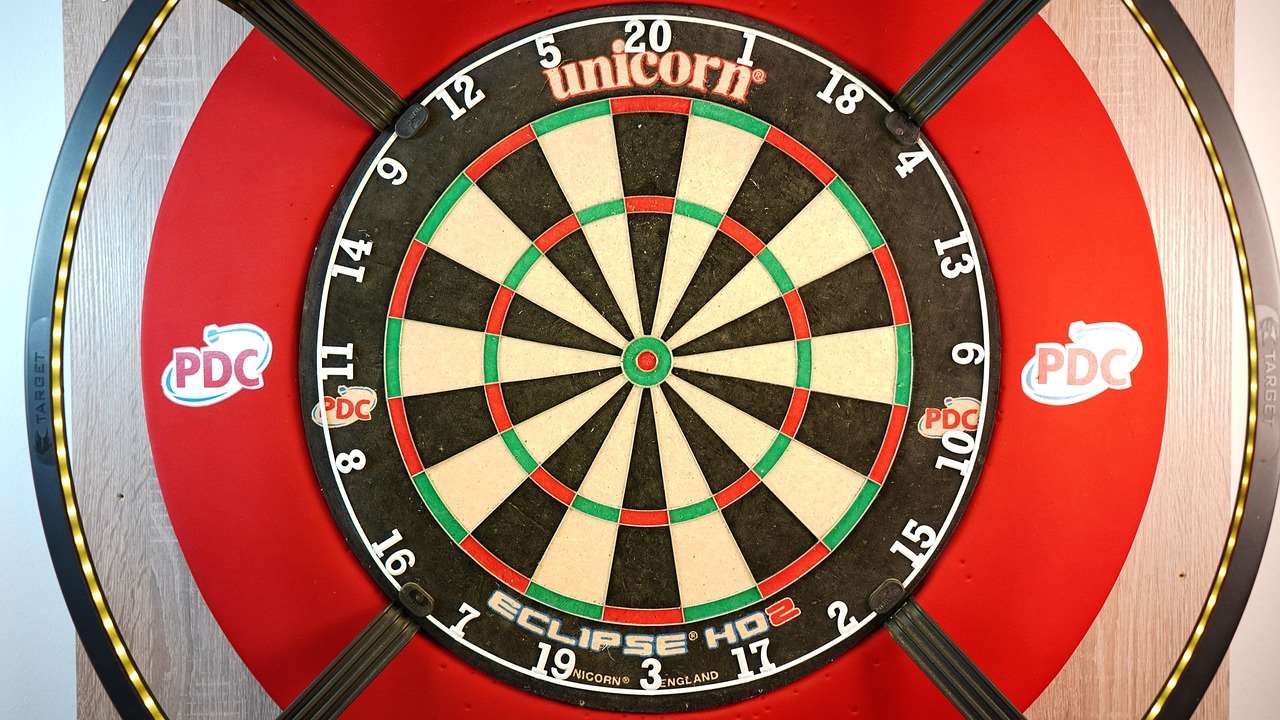
Conclusion
Mastering dartboard distance and throwing angle is a fundamental aspect of becoming a skilled darts player. By understanding the importance of consistent distance, refining your throwing angle, practicing regularly, and focusing on other key elements like posture, grip, and mental focus, you can significantly improve your accuracy and overall performance. Remember to practice consistently, analyze your throws, and make necessary adjustments. With dedication and practice, you’ll see a remarkable improvement in your game.
Hi, I’m Dieter, and I created Dartcounter (Dartcounterapp.com). My motivation wasn’t being a darts expert – quite the opposite! When I first started playing, I loved the game but found keeping accurate scores and tracking stats difficult and distracting.
I figured I couldn’t be the only one struggling with this. So, I decided to build a solution: an easy-to-use application that everyone, no matter their experience level, could use to manage scoring effortlessly.
My goal for Dartcounter was simple: let the app handle the numbers – the scoring, the averages, the stats, even checkout suggestions – so players could focus purely on their throw and enjoying the game. It began as a way to solve my own beginner’s problem, and I’m thrilled it has grown into a helpful tool for the wider darts community.